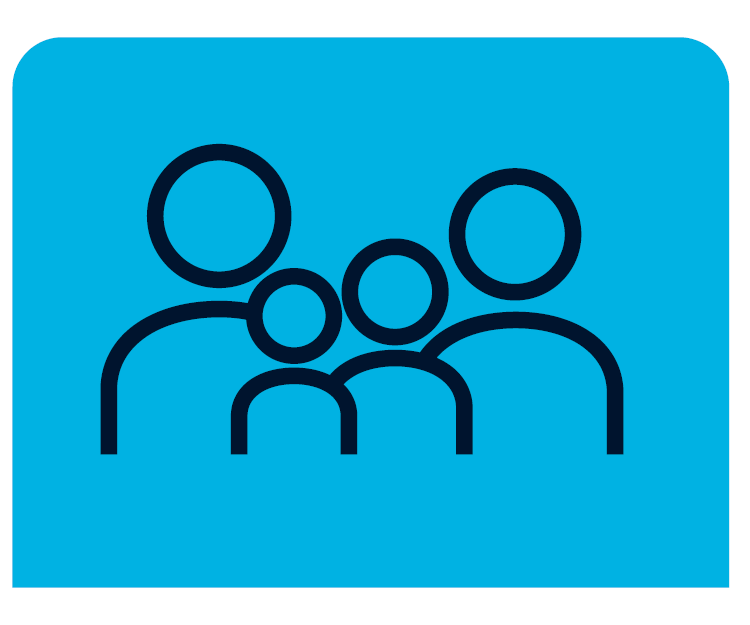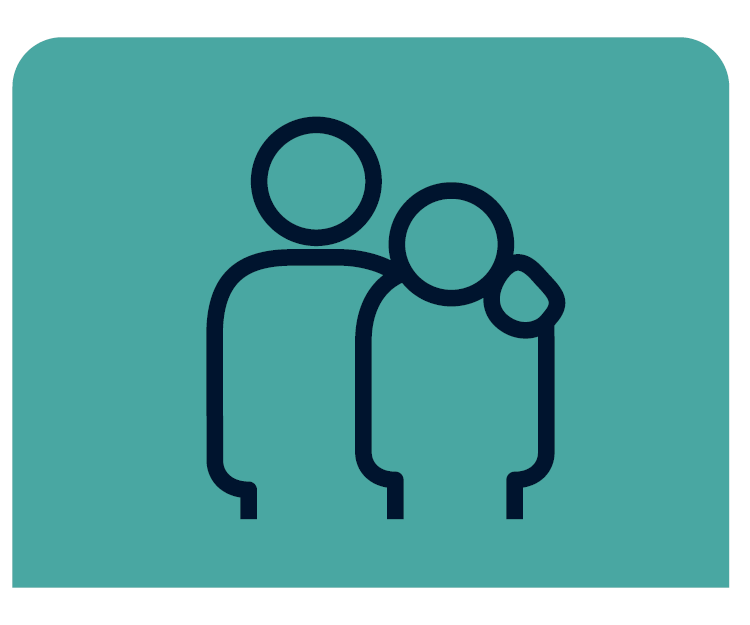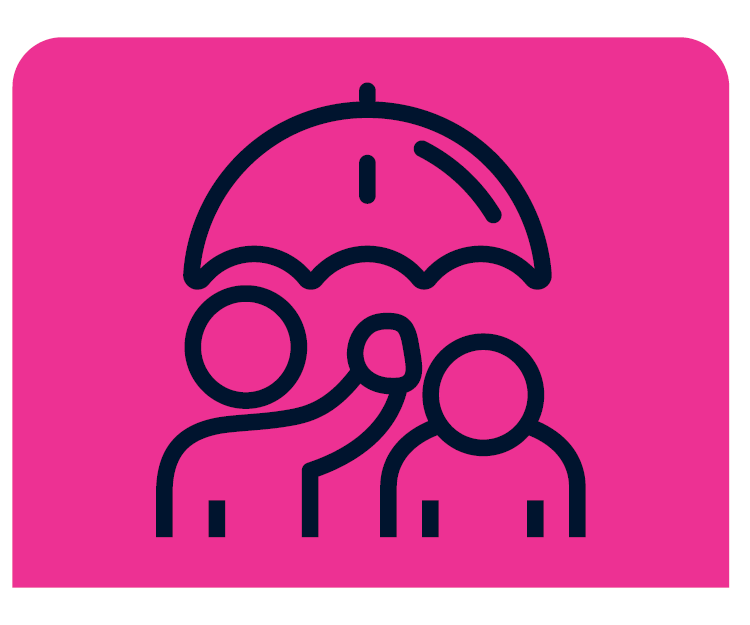Strategic pillars
Ontario’s strategy to transform child and family services is built on five pillars focusing on:
- community-based prevention services to enhance family wellbeing
- improving the quality of residential care
- increasing youth supports
- developing stable lifelong connections for children and youth
- improving accountability and sustainability
All pillars of the child welfare redesign are supported by the co-developed Ontario Indigenous Children and Youth Strategy.
Child, youth, family and community wellbeing

Shifting to prevention
- The redesign will address the need for improved coordination and consistency across systems that serve children, youth and families by shifting to a model focusing on a collaborative and holistic approach.
- A new, shared responsibility across sectors to work together to enhance child, youth and family wellbeing among all children, youth and families and help keep families together.
- Service providers and community organizations will work together to identify and respond to the needs of families early-on, including schools, early-years programs, parenting programs and health and mental health services.
- Families will be connected more quickly to appropriate and effective social supports or know how and where to access the right supports in times of need.
- Service providers will address the outcomes disparities and disproportionate referrals of Indigenous and Black families to child welfare and ensure they are able to access effective culturally appropriate supports.
Indigenous children, youth and families
- Indigenous children, youth and families, through the Ontario Indigenous Children and Youth Strategy (OICYS), will be able to access community-based prevention and early intervention supports, including through expanded access to customary care, that are culturally appropriate and reflect their customs, heritage and traditions. Child protection will be a last resort.
- Supporting the implementation of Indigenous-led models and systems for child and family services.
Quality of care

Quality and oversight
- Implementing Ontario’s Quality Standards Framework – A Resource Guide to Improve the Quality of Care for Children and Young Persons in Licensed Residential Settings to support residential service providers in delivering high-quality residential care.
- Launching the Children and Young Persons’ Rights Resource to support children and young persons receiving services under the Child, Youth and Family Services Act, 2017 to know and understand their rights.
- Enhancing training and qualification requirements for persons providing residential care, including staff and caregivers, to better support children and youth when out of home care is required.
Prioritize family-based care
Focusing on family-based placements, like kinship and foster care, over group care, where appropriate, to increase stability and culturally appropriate options for children and youth in care.
Strengthening youth supports

Amplifying youth voice
Ensuring children, youth and families have a strong voice in decisions about their care, including increasing access to education and employment resources, information and supports to improve transitions from care.
Enhancing youth supports
- Expanding and increasing access to education and employment supports for youth (for example, postsecondary, employment and apprenticeship programs).
- Providing youth with dedicated, targeted supports to meet their distinct needs and respond to their cultural identities. This includes those with disabilities and mental health needs as well as specific supports for Indigenous, Black, racialized and LGBT2SQ children and youth.
- Supporting youth to transition successfully to adulthood.
Improving stability and permanency

Family-based supports
- Improving access to resources for all types of family-based caregivers, including kinship, customary and adoptive.
- Expanding post-adoption parent training and peer supports.
- Implementing a public education campaign to recruit new, diverse caregivers and adoptive parents, and working with stakeholders on initiatives to recruit and retain foster and kinship caregivers.
Consistent adoption services
- Offering more consistent and responsive public adoption experiences for children, youth and prospective adoptive parents.
- Developing a centralized adoption intake service and adoption service delivery standards.
- Expanding centralized adoption matching where appropriate and in the best interests of children and youth.
System accountability and sustainability

Accountability and efficiency
- Developing a new accountability framework focused on outcomes.
- Releasing an enhanced service collaboration framework to improve services and equity for children, youth and families.
Financial sustainability
- Implementing shared services and shared back office unctions (HR, IT and finance) to achieve a more efficient and effective child welfare system.
- Developing options for new system structures, including a new funding model, to ensure the system is financially sustainable in the long term and children’s aid societies can balance their budgets.
Learn more about the progress so far in transforming Ontario’s child welfare system.
Updated: February 02, 2024
Published: February 11, 2021